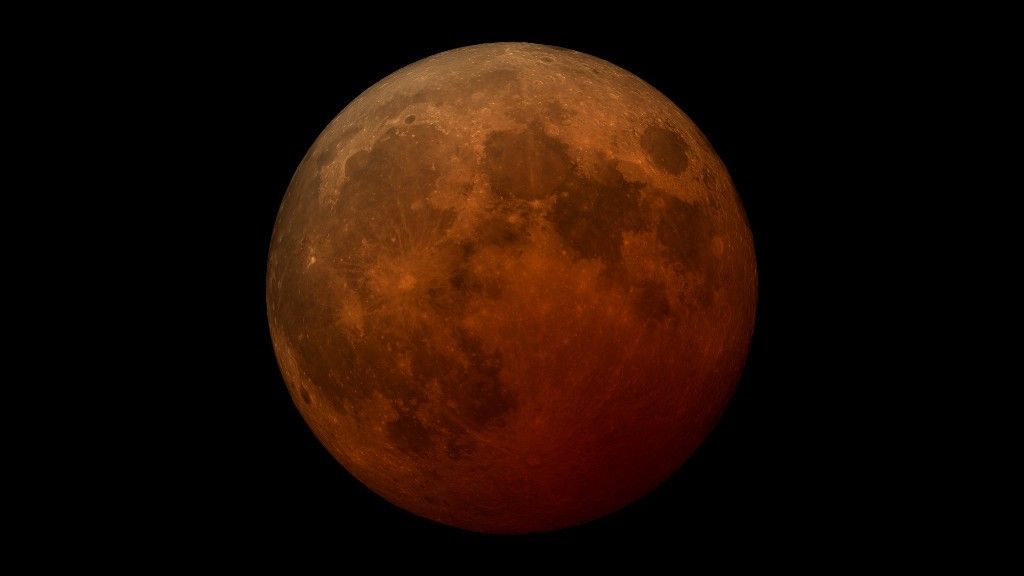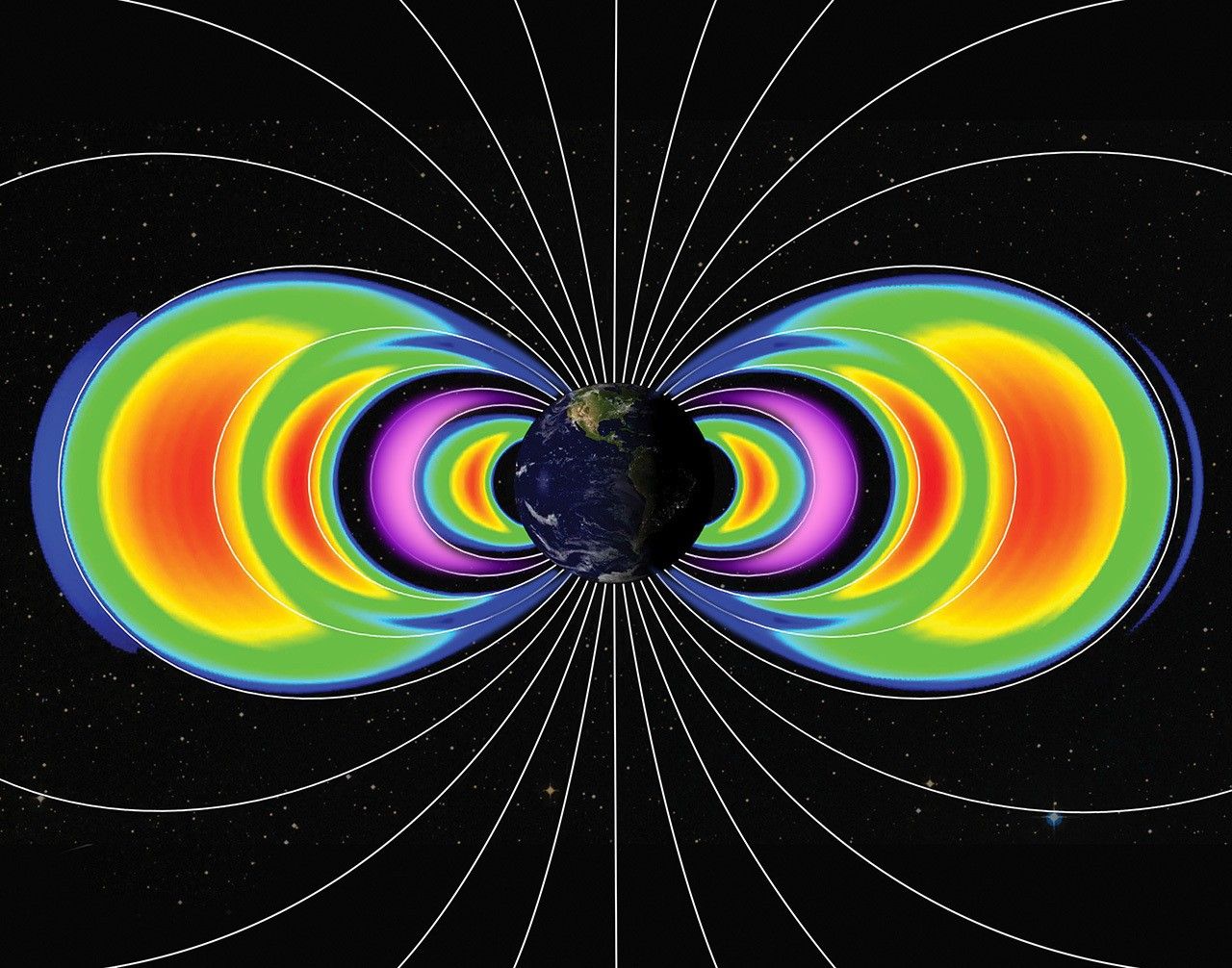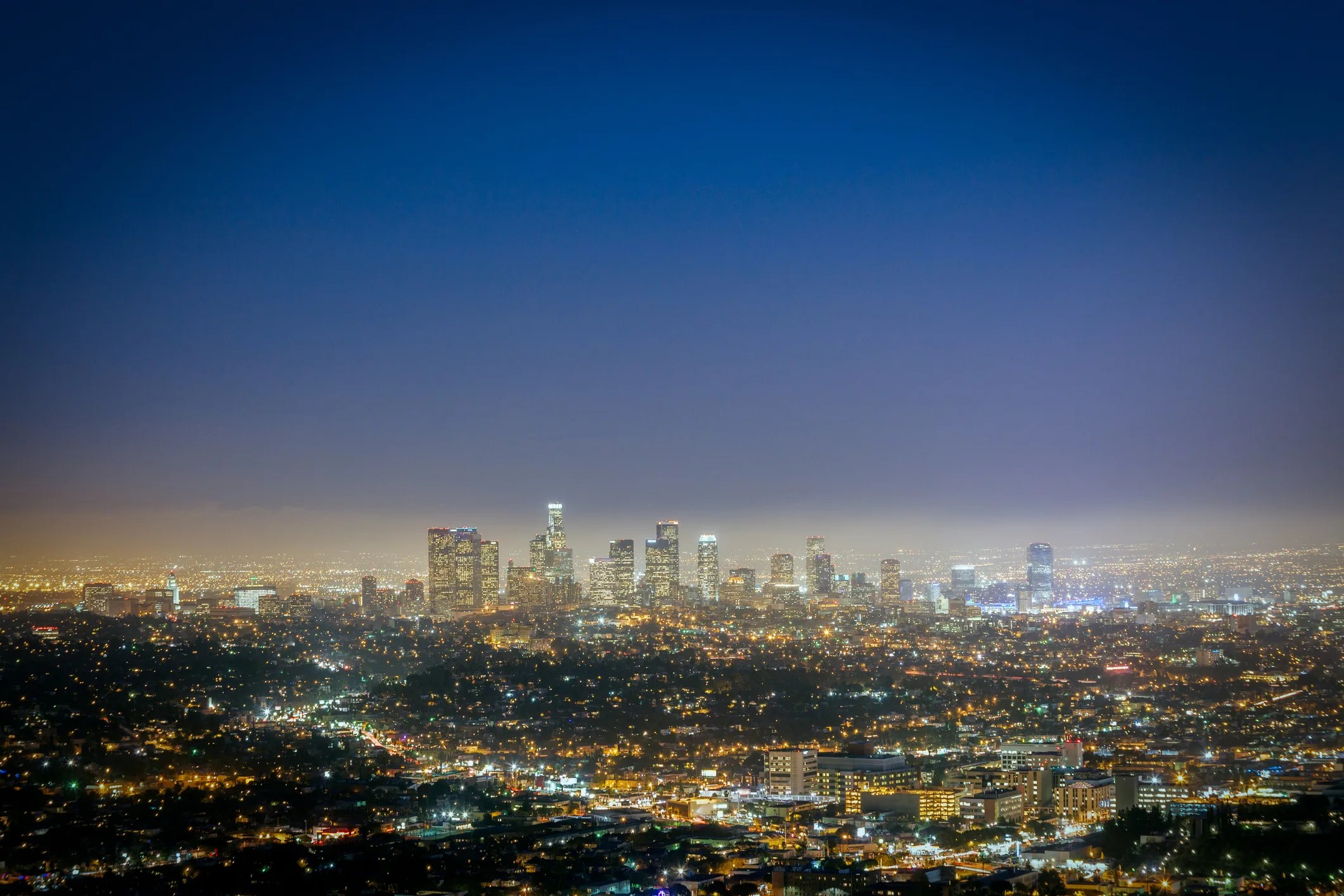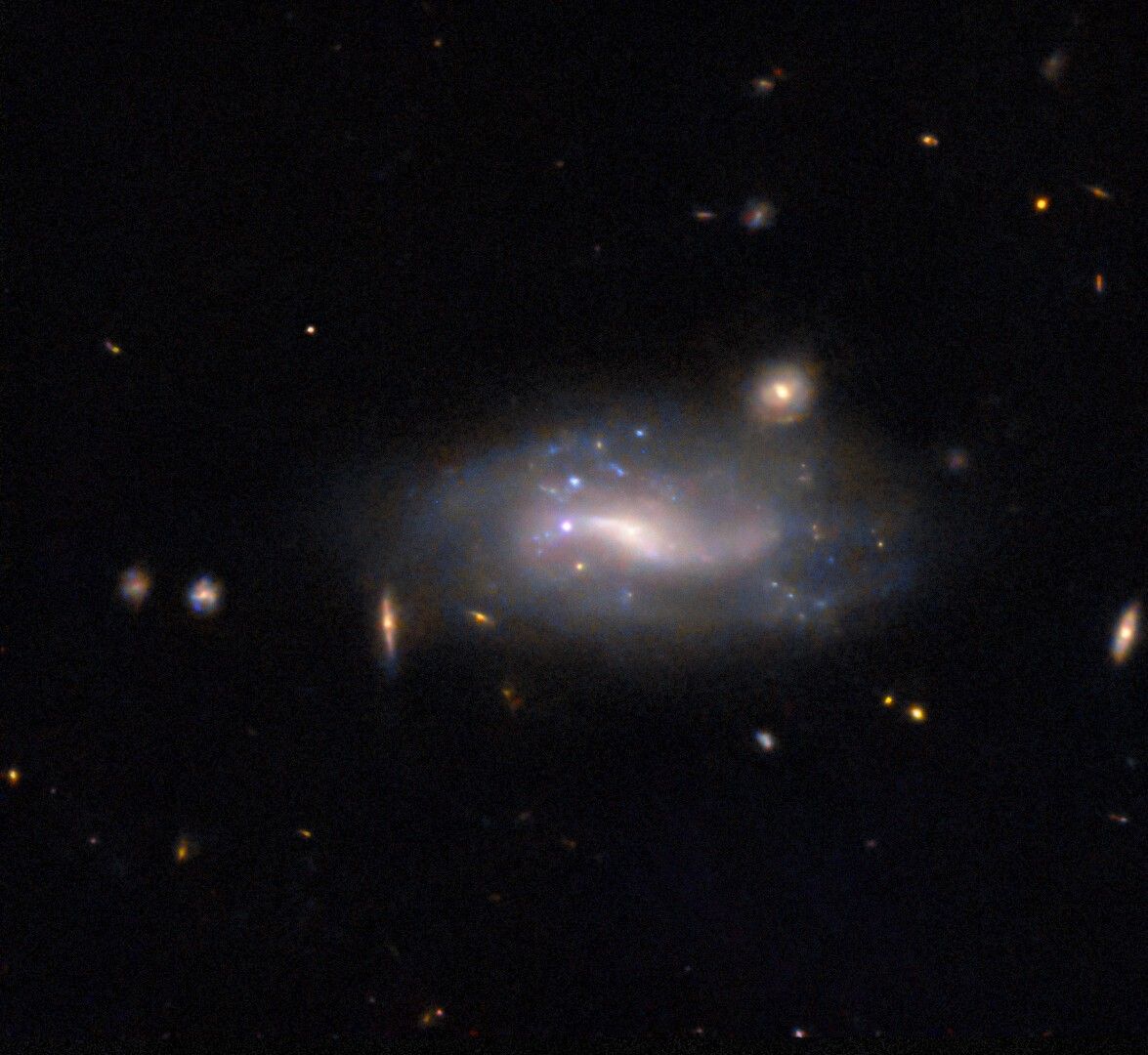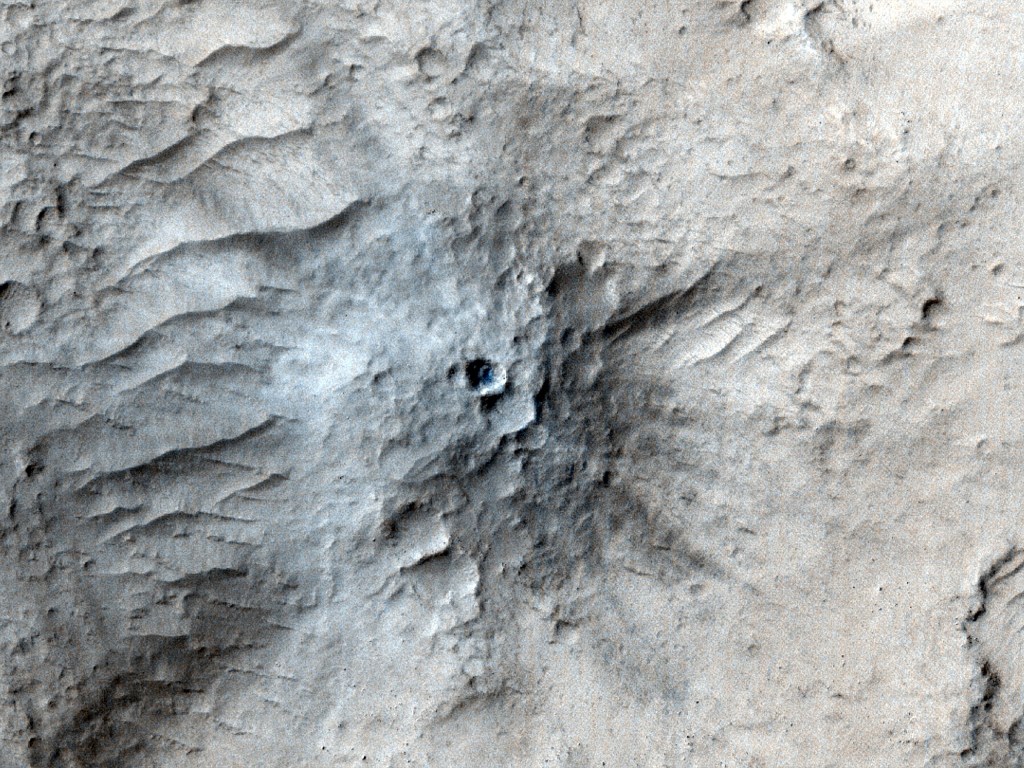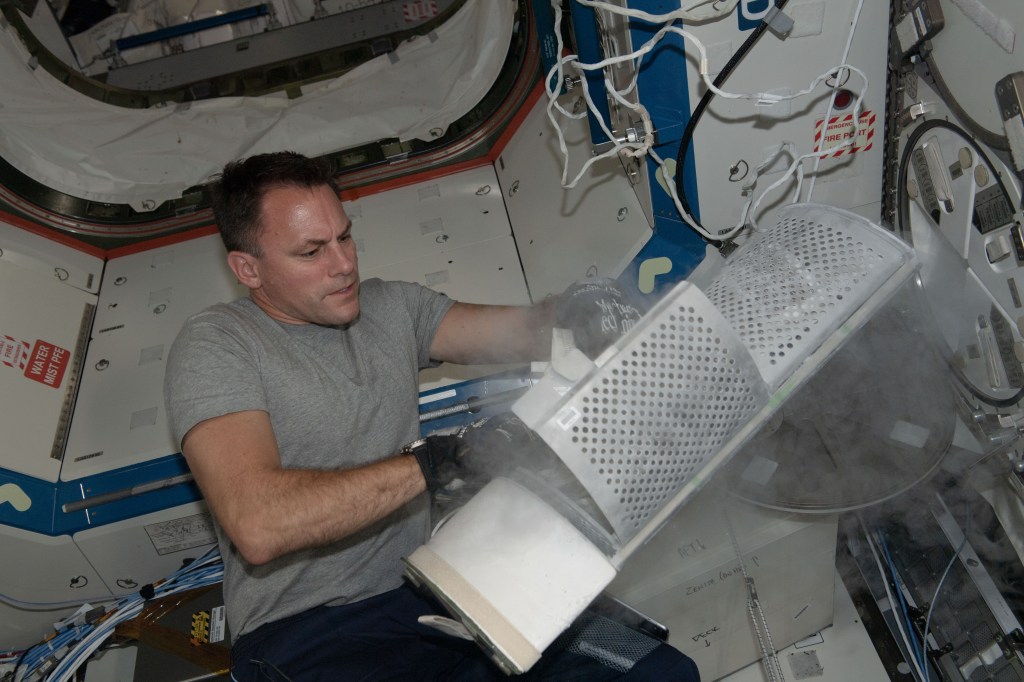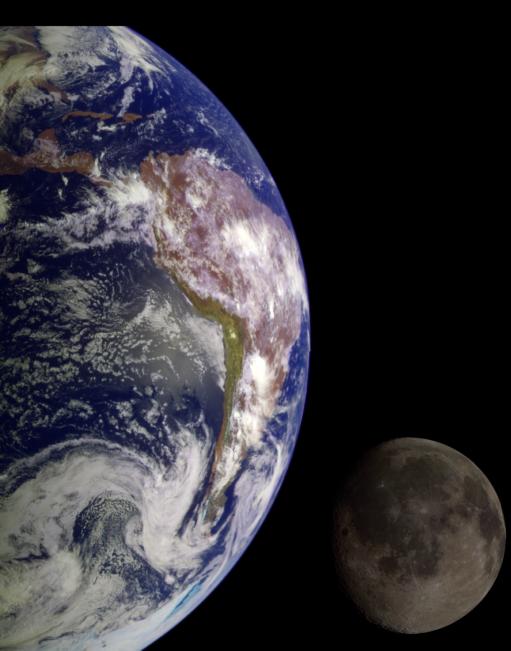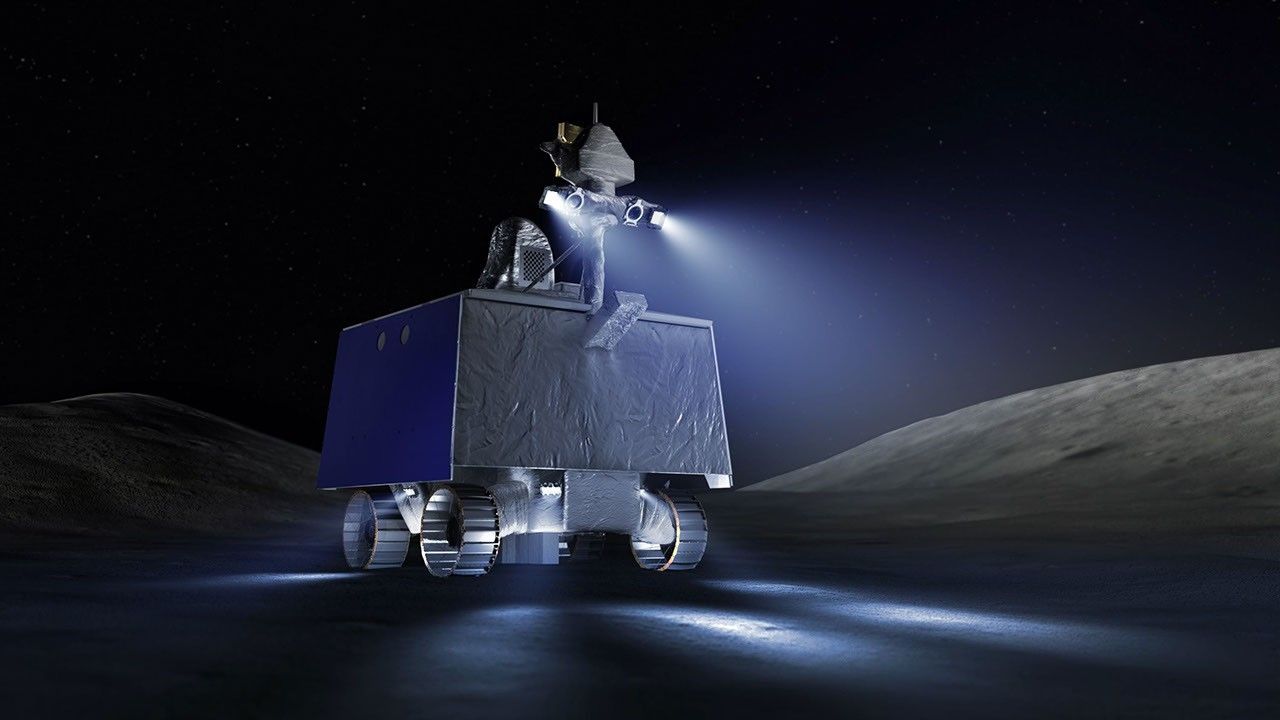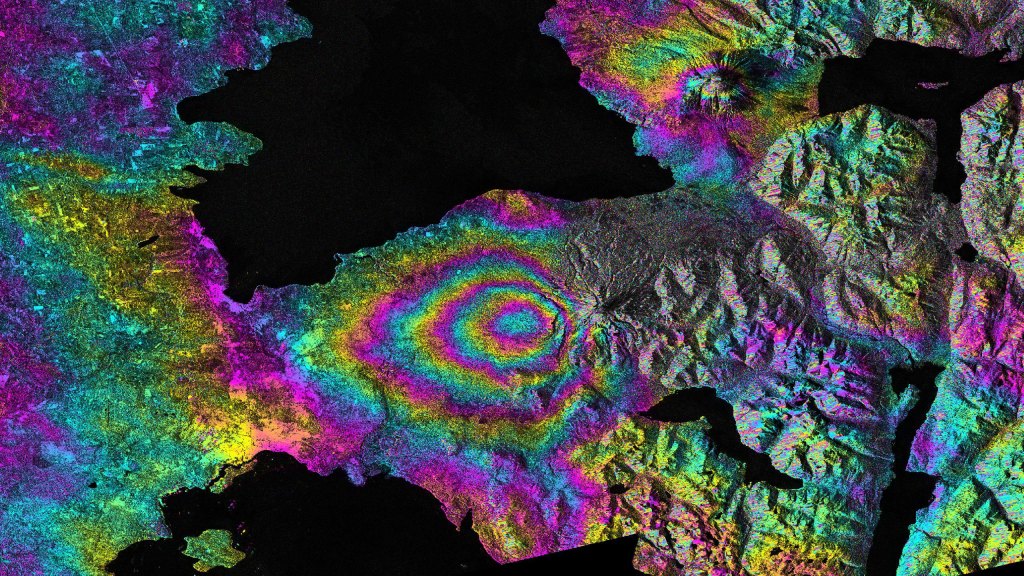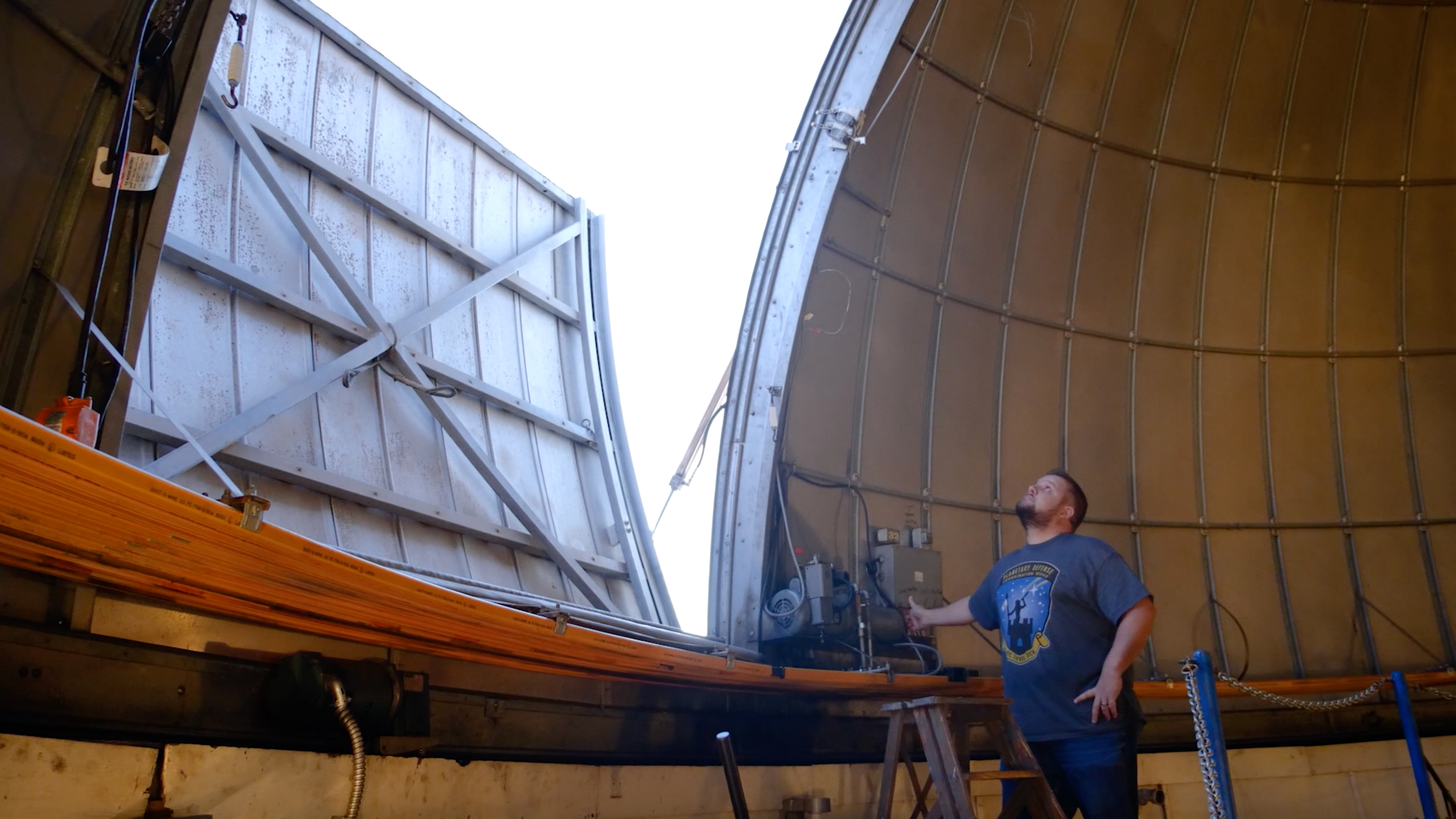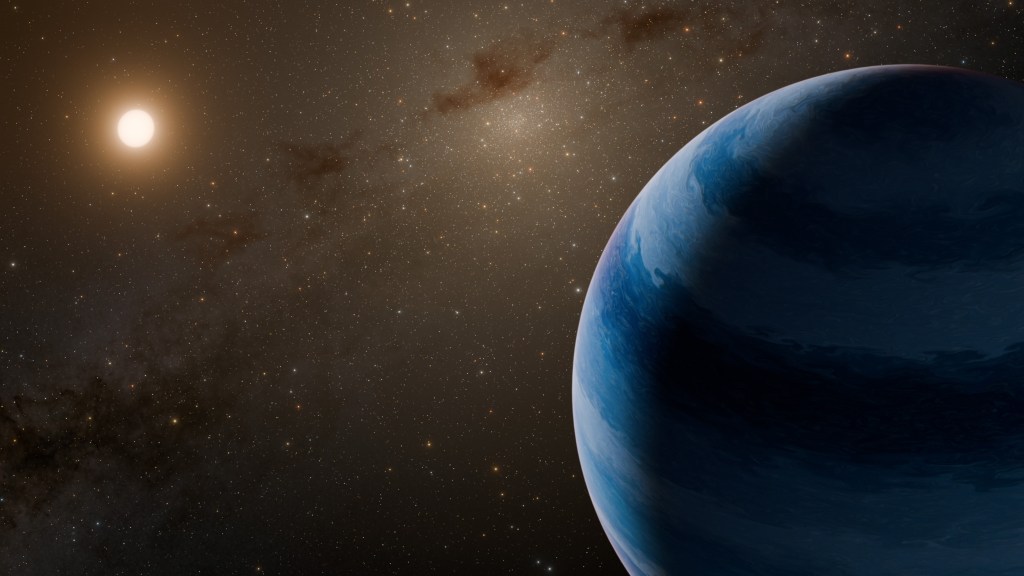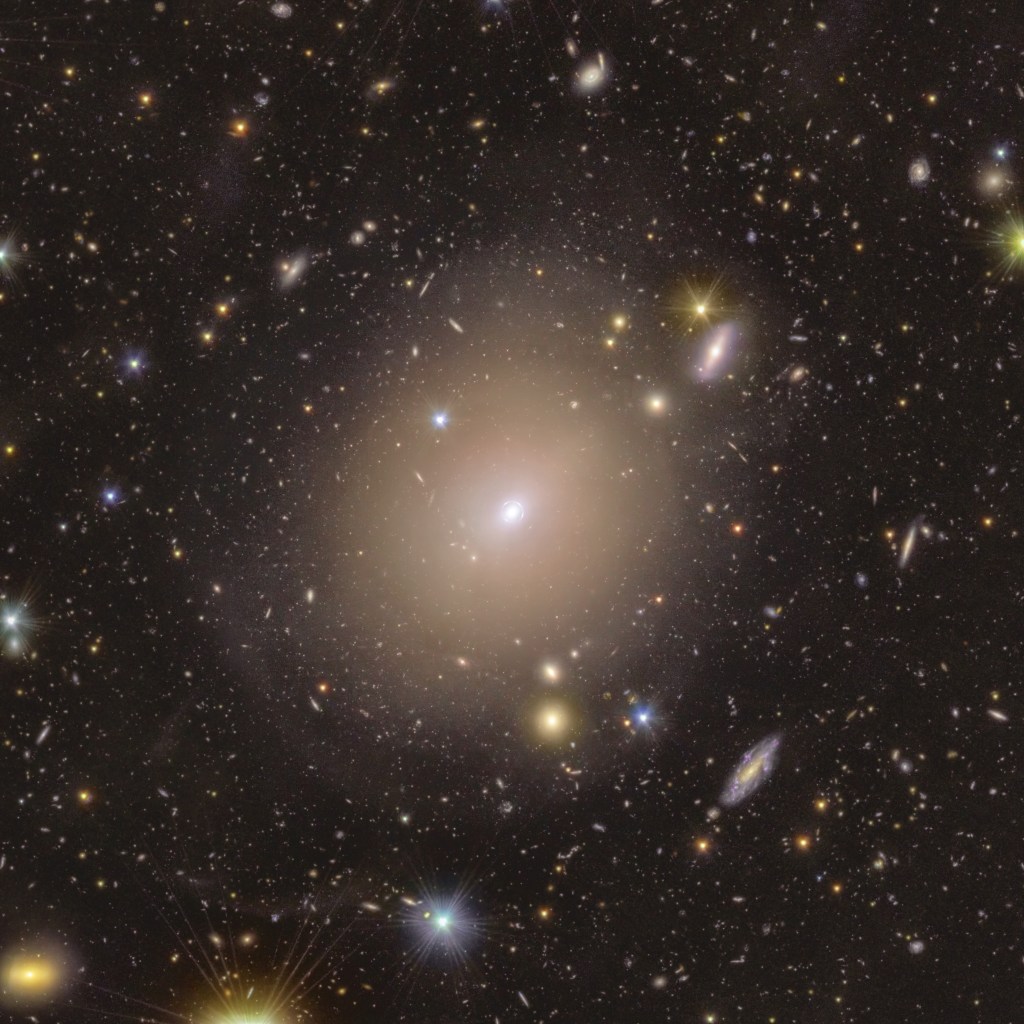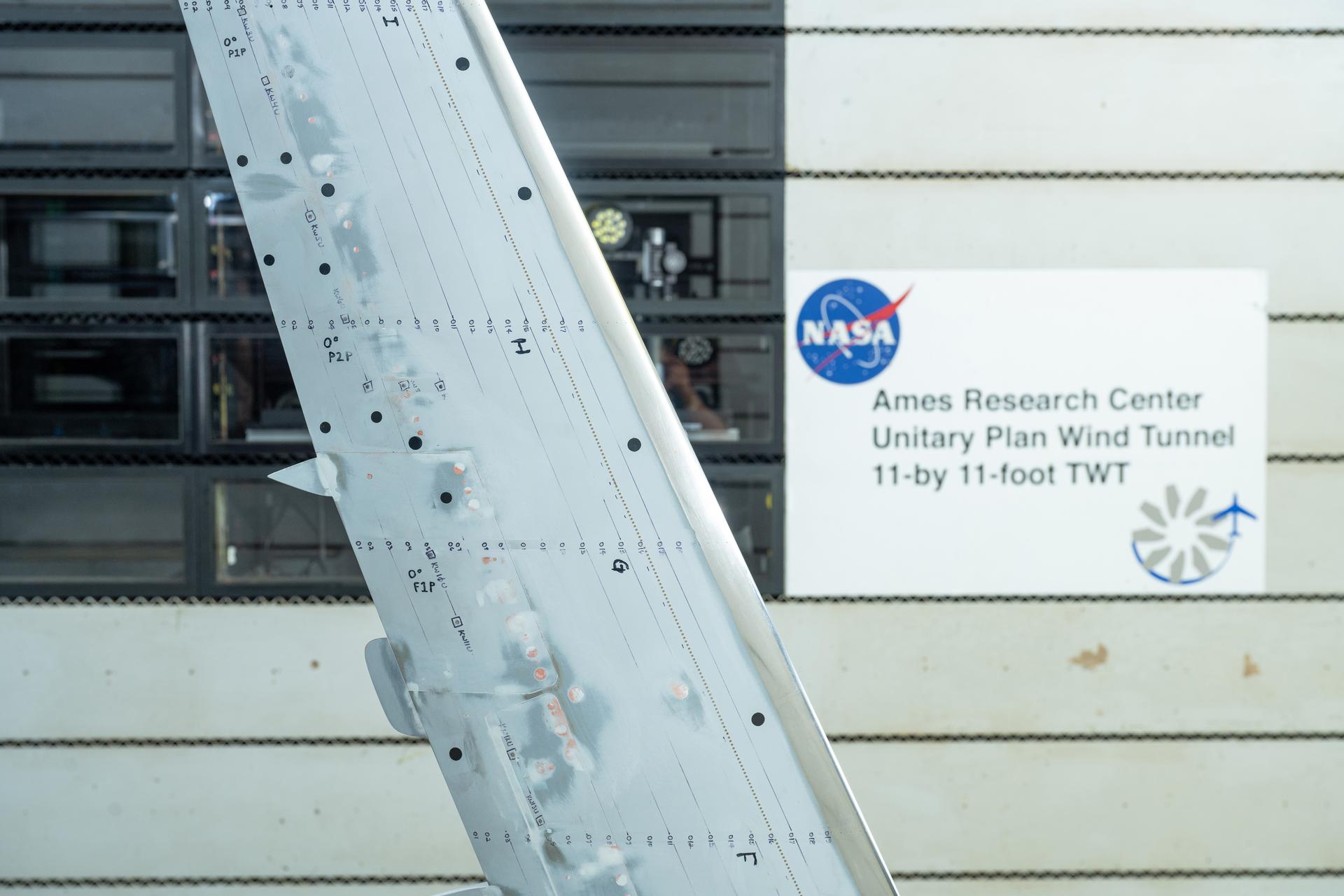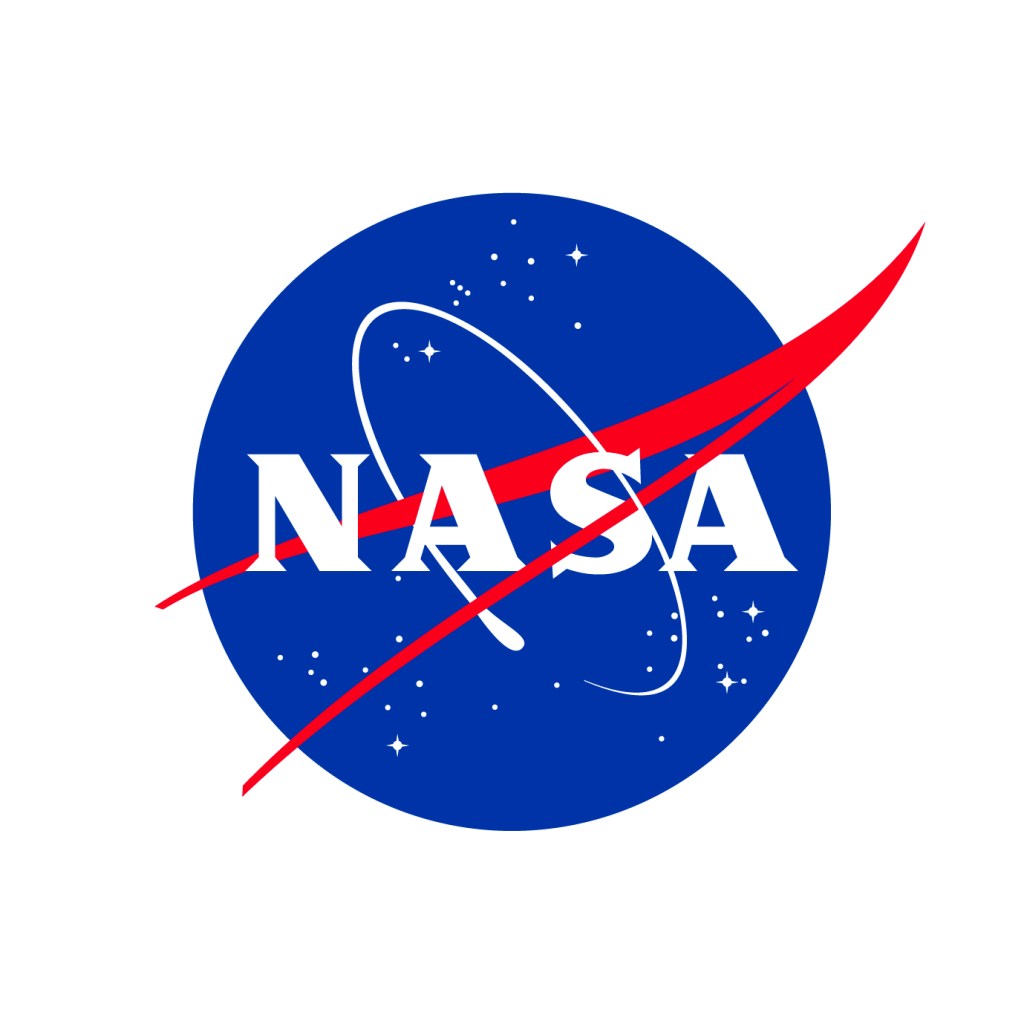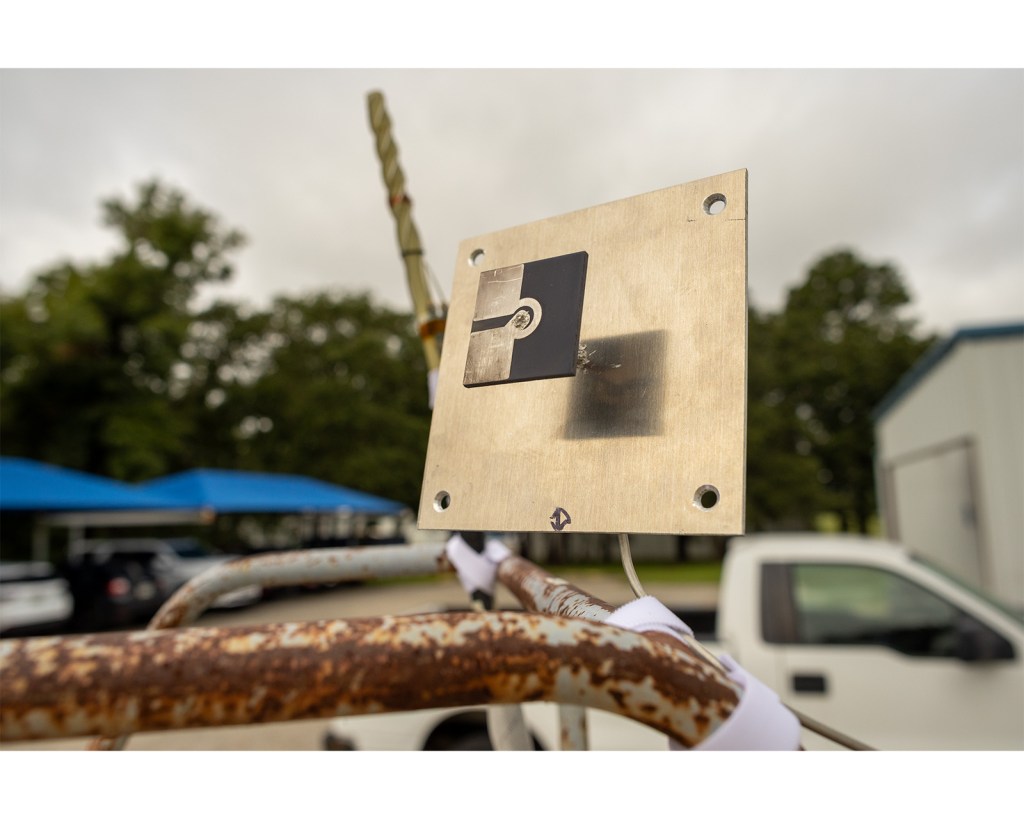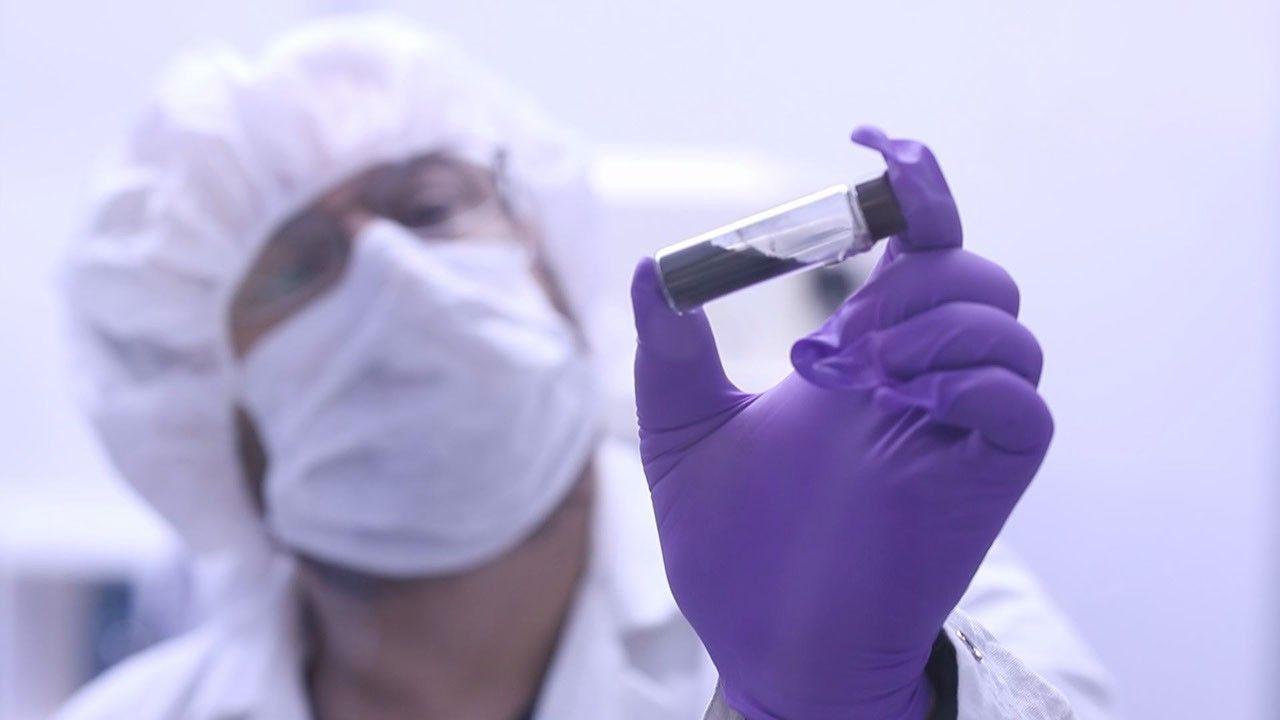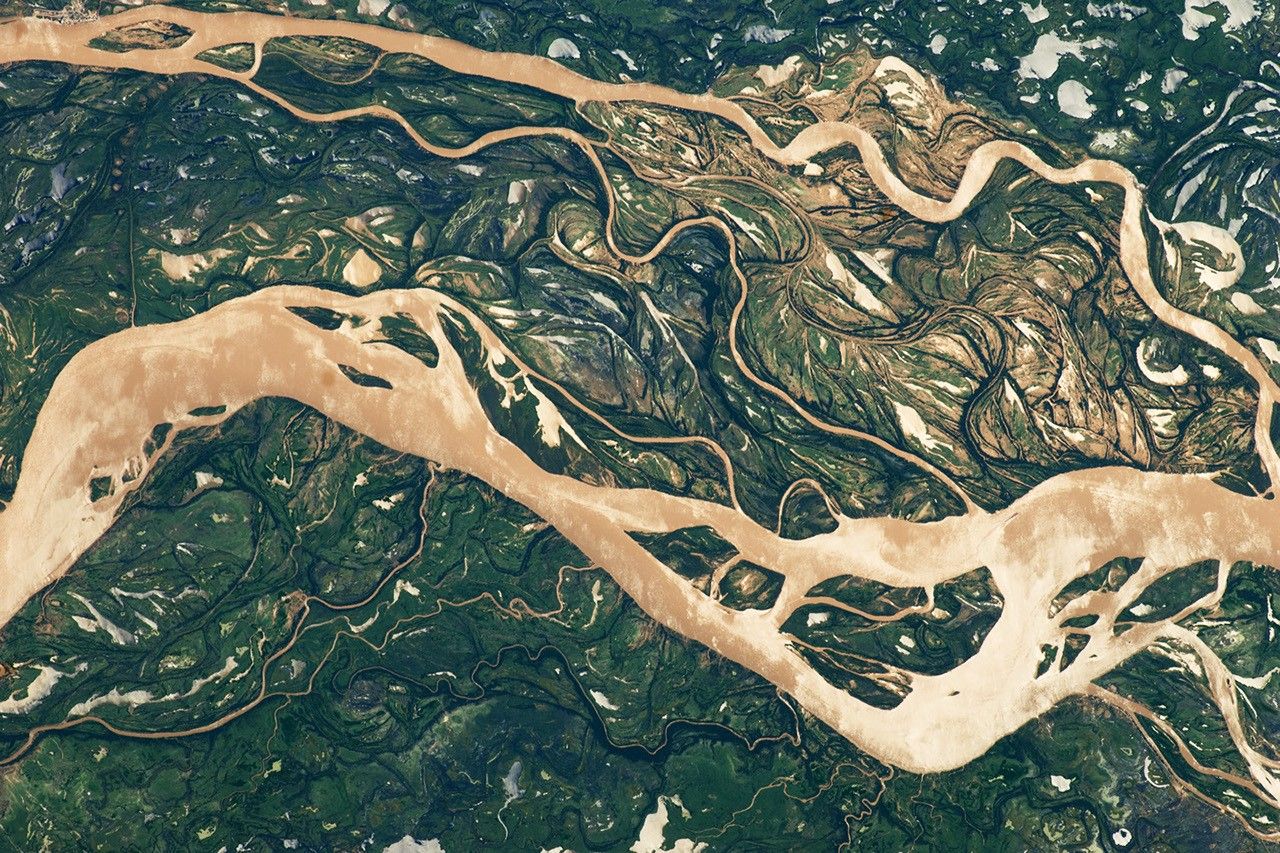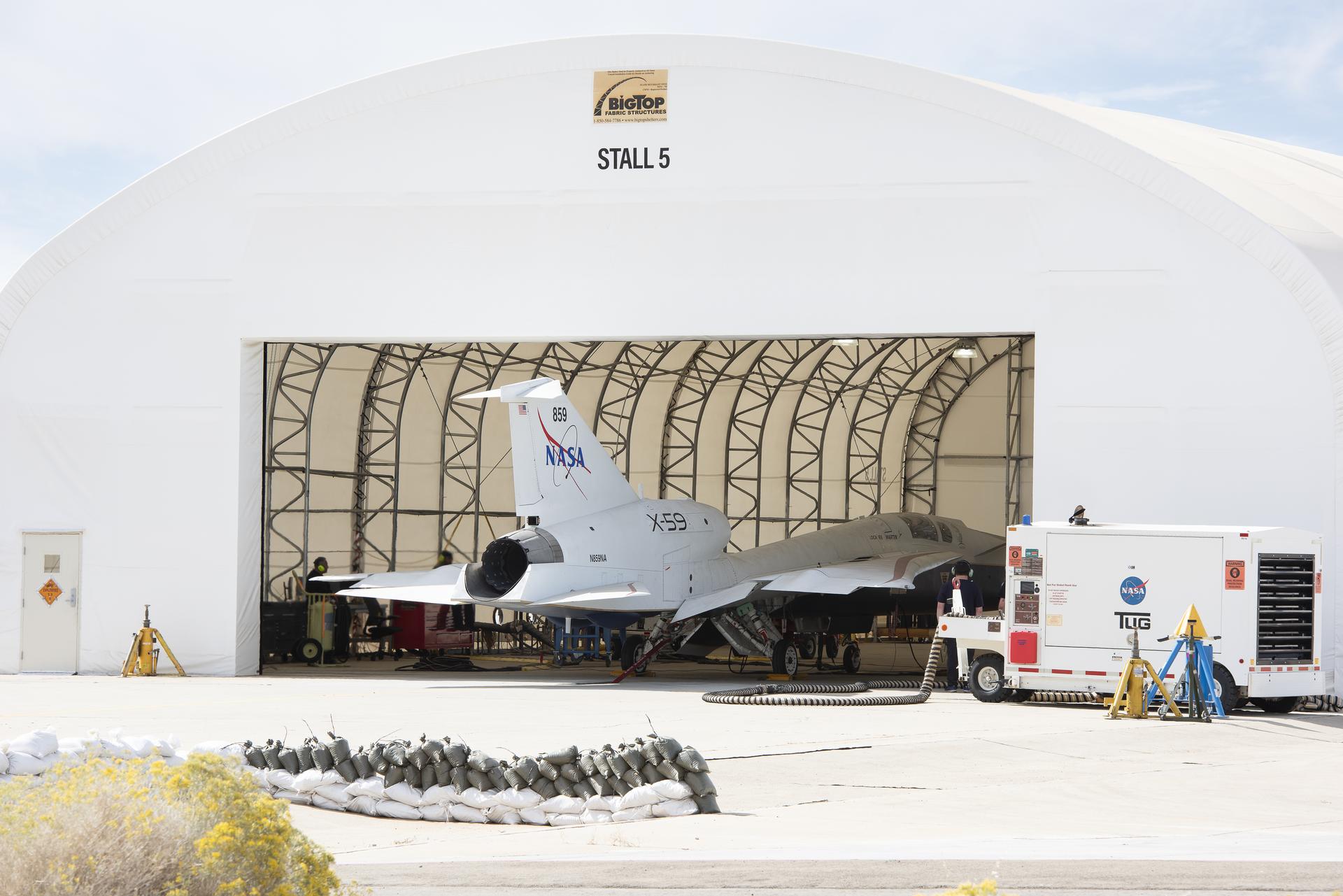Risk of Space Dust
Space dust, which contains bits of rock, ice, minerals, metal, and organic compounds, can get into astronauts’ eyes and lungs while they perform tasks inside and outside the International Space Station. Particles smaller than grains of sand may stick to supplies or spacesuits, which can irritate astronauts’ skin and airways. Recent analysis has supported that celestial dust can act as a respiratory, eye and skin irritant, but does not elicit an allergic response in astronauts. During deep space missions, crew members may also be exposed to cosmic dust from the Moon, Mars, or elsewhere, which could lead to further health problems, including respiratory disorders.
What can be done about it?
Celestial dust is of no concern aboard the space station. Air quality is maintained on the station thanks to its high-efficiency particulate air (HEPA) filters, which fully cycle through the station’s air every six or eight hours. Crew members also routinely clean surfaces and equipment aboard the space station with disinfecting wipes. To minimize space dust exposures during future deep space missions, NASA engineers aim to improve the design of spacesuits, airlocks, and vehicle environmental systems to further protect astronauts from exposures during activities outside the spacecraft.
Did you know?
NASA is exploring potential solutions to the space dust challenge, including whether certain coating technologies could help prevent lunar dust from sticking to crew spacesuits.
Formal risk description: Risk of adverse in-mission health and performance effects and long-term health effects due to celestial dust exposure
Research in support of this risk: Latest evidence

